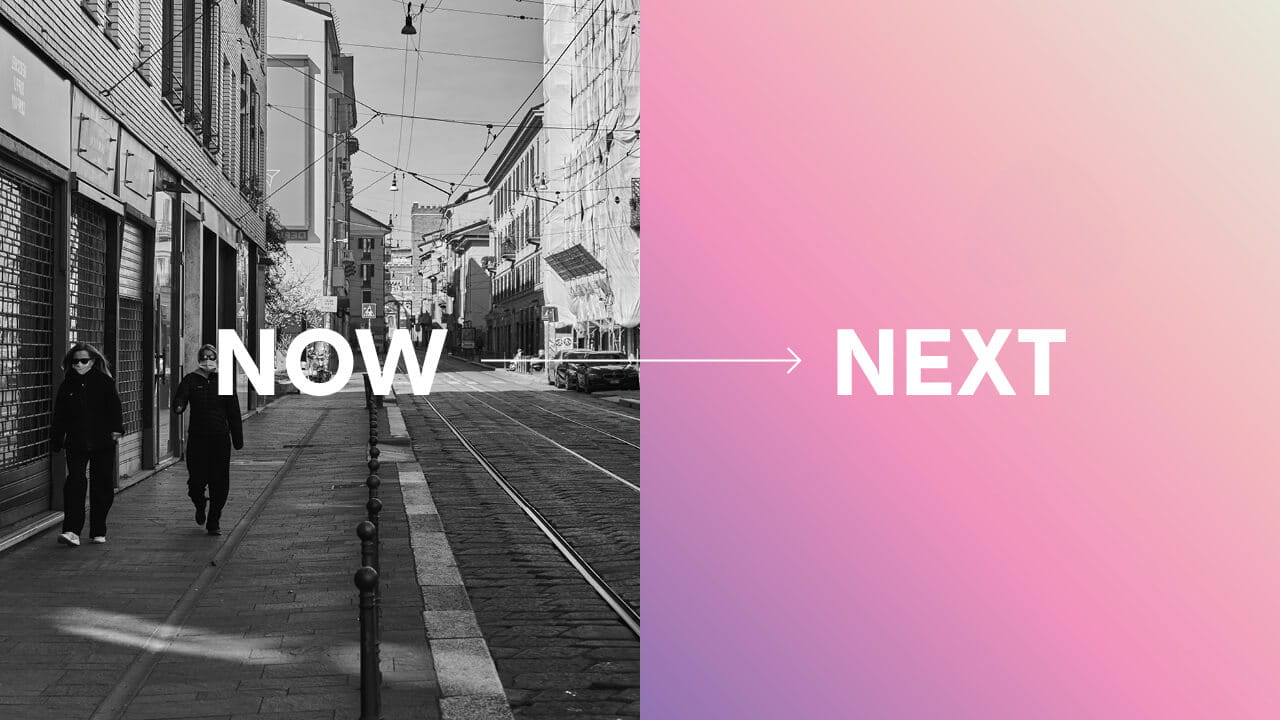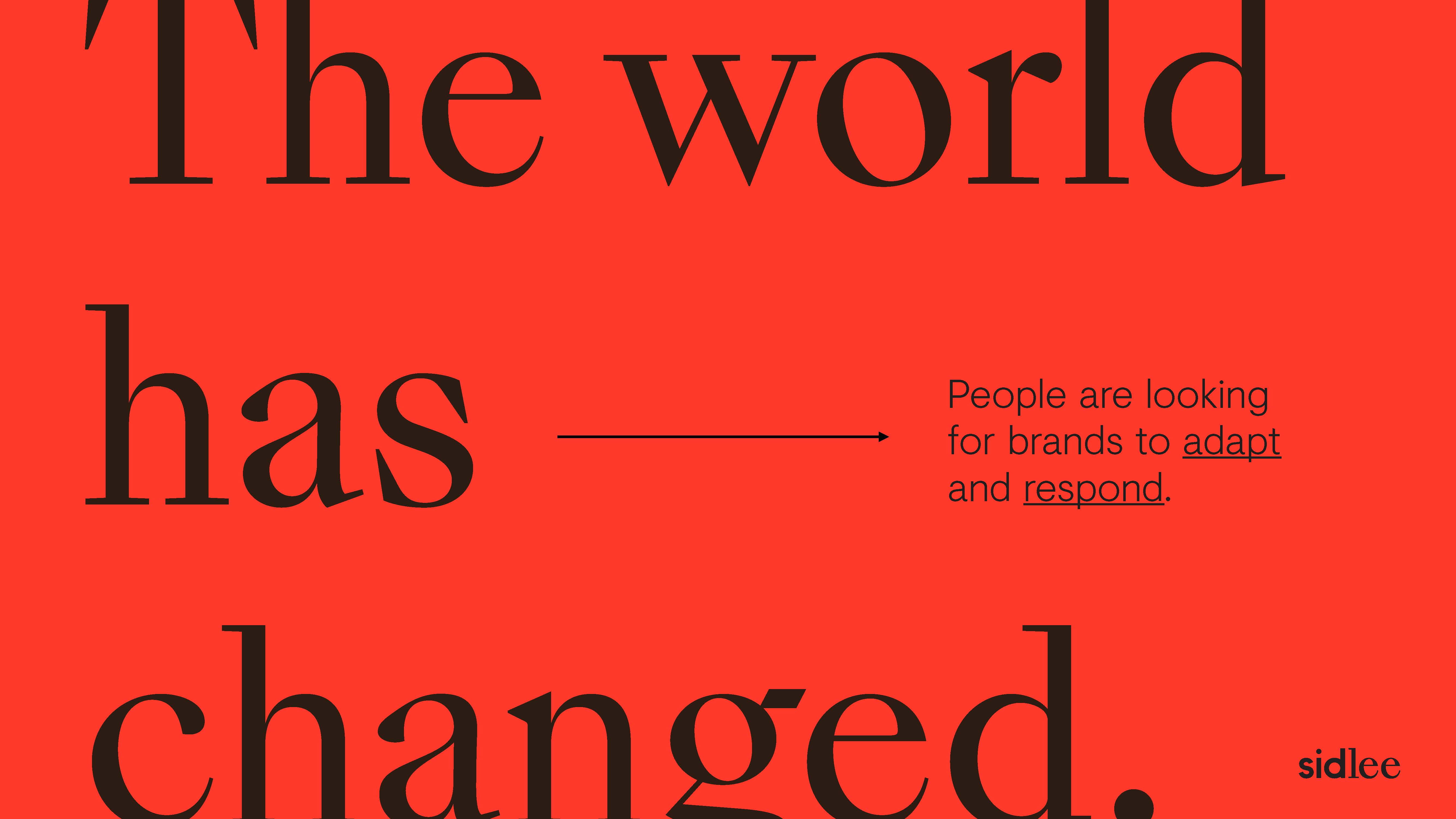This too shall pass, of course – and we will at some point return back to growth. Our colleagues and partners in China, Korea, and Japan are already experiencing the surge. History has proven time and again that the best prepared during a recession for growth are those that do win market share. So how will you prepare for what might come next and be ready now for coming business opportunities? What new ideas come to the surface and where should we look for creative opportunities to change?
First, consider likely demand patterns. People will want to jet out of the house as soon as our days of social distancing are over, so it’s key to consider how your company can prepare to leverage that. Could your company partner up with another one to offer new experiences and solutions? If so, could you offer other types of solutions than your current offering? However you choose to pursue new opportunities, these complex partnerships must be prepared ahead of time. Ask yourself, “Which relevant brand solutions can be provided that also offer an experience with an edge?” Build campaigns around what customers will want once this period is over. Trends that were peripheral or that were gaining prominence pre-crisis typically end up becoming accelerators during and right after recessions. Experiential platforms and DTC were what many companies were moving towards before COVID-19, and should be solutions and businesses that you’re leaning into now.
But a word of caution here, too: don’t expect everything to be completely different following tough times. It’s tempting to think this period marks a sea change in consumer sentiment and markets. While that’s partly true, people are still people and we don’t change quickly. During the last credit crisis and recession, we imagined banking would never be the same, that people would be less greedy, that trust was gone and would never return to the system, that there wouldn’t be property booms like there were before – but people largely reverted right back to normal behavior. Regardless of the tumultuousness of the current reality, you shouldn’t expect too much change on the flipside: consumers are going to have the same needs when we emerge from this period and your opportunity with them will likely remain as it was; you just might need to go faster to keep up with what will probably be rampant demand. So rethink the customer journey and ask yourself if your brand is as differentiated as it can possibly be. Do you have the right insights, and are you focused on your customers’ pain points and demand levers? Are you fast enough?
Second, you must assess your competitors, both the obvious ones and the inconspicuous adjacencies. It’s important to think about your competition more broadly than before; reconsider what your competitive edge will be based on, and how you’ll position your brand and differentiate yourself from the crowd moving forward. Scenario-plan competitive activities and how those might affect your choices going forward. Plan and be nimble – have multiple potential competitive responses and be ready to mobilize.
Given that new marketing programs and campaigns take months to put into place, now is the time to be thinking about the next steps and to start planning. We really don’t have a moment to lose! At Sid Lee, we’re already experiencing clients moving to this stage – and creatives, strategy, business management and artisan specialists were all in at the beginning, enabling us to move fast when we identified opportunities.
Then, analyze the changing trends and identify the ones that present the right opportunities. One way of thinking about this is with the “Four Virtual Walls.” On Wall One, you pull out all of the trends that you see in and around your category and begin to shape them into themes. On Wall Two, all of these themes converge around consumer insights and demand patterns, and you begin to uncover major concept areas to work with. On Wall Three, you post all of your ideas and opportunities that might be relevant for your customers. This is where all of your customer insights and trend analyses start to solidify into ideas and initiatives that you can move forward with. On Wall Four, these concepts form into concrete projects that you must invest time and resources into going forward. Experiment, move quickly, and prioritize progress over perfection.
Finally, remember to think fast and slow. Be strategic, but also creative and expansive. What happens when we hunker down during extended times of crisis is that we tend to stop thinking long-term and creatively, which is only ever detrimental to business. If you’re unable to bridge the gap between the present and what’s coming next in your leadership mindset, forward-thinking work is difficult to do. We have to create an environment in which people feel comfortable enough to think beyond the present and not just be pulled back by the gravitational pull of today’s urgencies. It’s atypical behavior: in a crisis, we instinctively focus on the here and now, but as leaders you have to be able to toggle between the now and the next.


